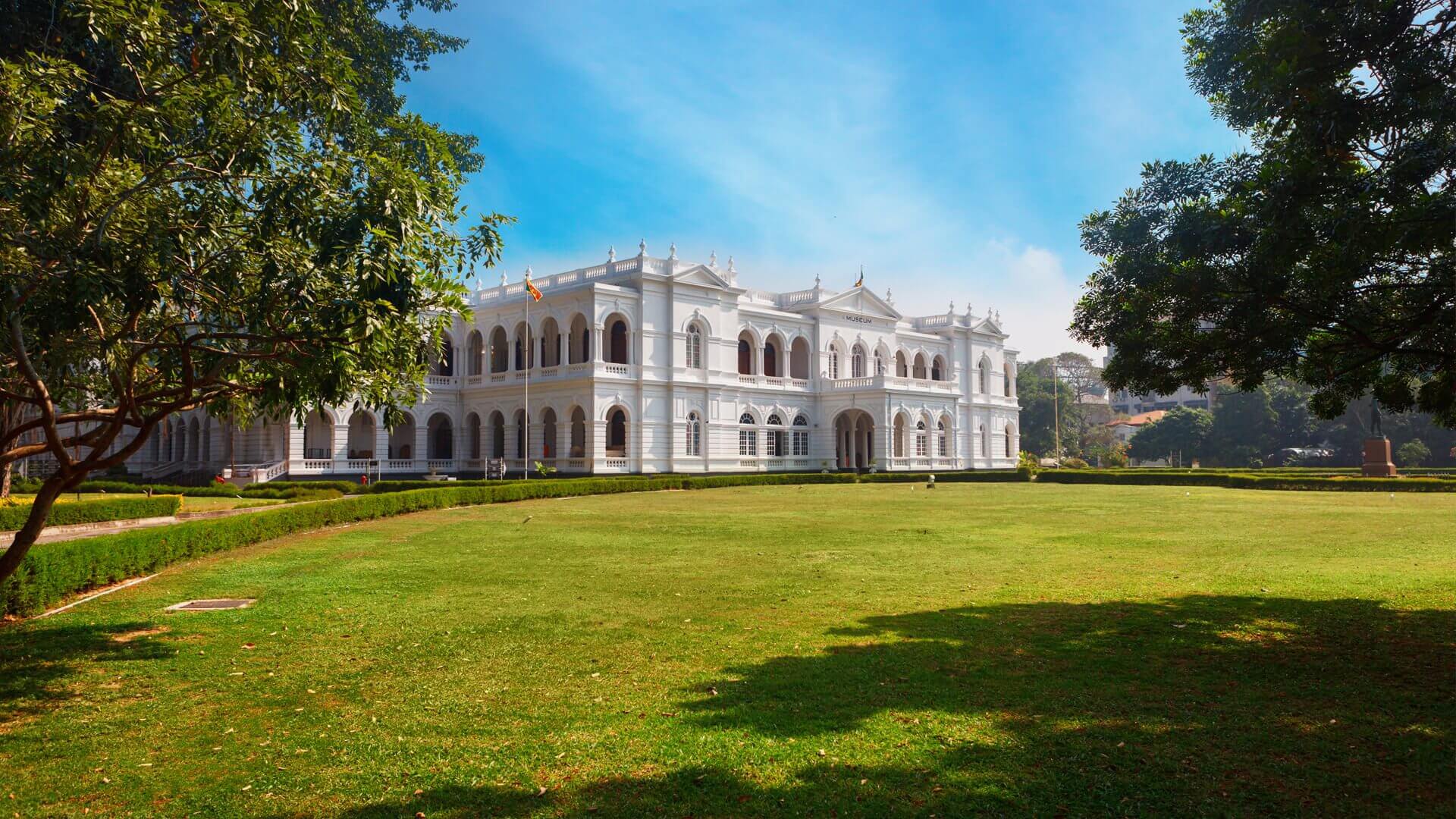Weherahena Temple
In the heart of the Southern Province of Sri Lanka lies a temple that stands as a testament to the…
View Details
The National Museum: A Treasure Trove of Sri Lankan History and Culture Nestled in the heart of Colombo, Sri Lanka’s bustling capital city, the National Museum stands as a beacon of the island’s rich history and vibrant culture. Established in 1877, the National Museum of Colombo is not just a building; it’s a repository of the nation’s heritage, a testament to its diverse past, and a window into its dynamic present. For visitors seeking to delve into the essence of Sri Lanka’s history and culture, a visit to the National Museum is an absolute must. In this guide, we will take you on a journey through the museum, exploring its fascinating exhibits, historical significance, and practical information for your visit.
The National Museum of Colombo, also known as the Sri Lanka National Museum, is the largest and oldest museum in the country. Its historic building, designed by James William Smith in Italian architectural style, is an attraction in itself. The sprawling, white facade, flanked by towering columns, exudes an air of elegance and grandeur. It’s not just a place to see artifacts; it’s a place to experience history.
The museum was founded during British colonial rule, and it played a pivotal role in preserving and showcasing Sri Lanka’s rich heritage. Over the years, it has become a haven for culture enthusiasts, history buffs, and curious travellers eager to explore the island’s past.
The National Museum boasts an extensive and diverse collection that spans over several millennia. It is divided into several galleries, each dedicated to a specific era or theme. Here are some of the highlights you can expect to see during your visit:
Now that you’re eager to explore the National Museum of Colombo, here’s some practical information to ensure a smooth visit:
A visit to the National Museum of Colombo is like embarking on a time-travel journey through Sri Lanka’s rich and diverse history. It offers a unique opportunity to connect with the island’s past, immerse yourself in its culture, and gain a deeper appreciation for the beautiful nation of Sri Lanka. So, the next time you find yourself in Colombo, make sure to set aside some time to explore this cultural gem. It’s an experience you won’t soon for